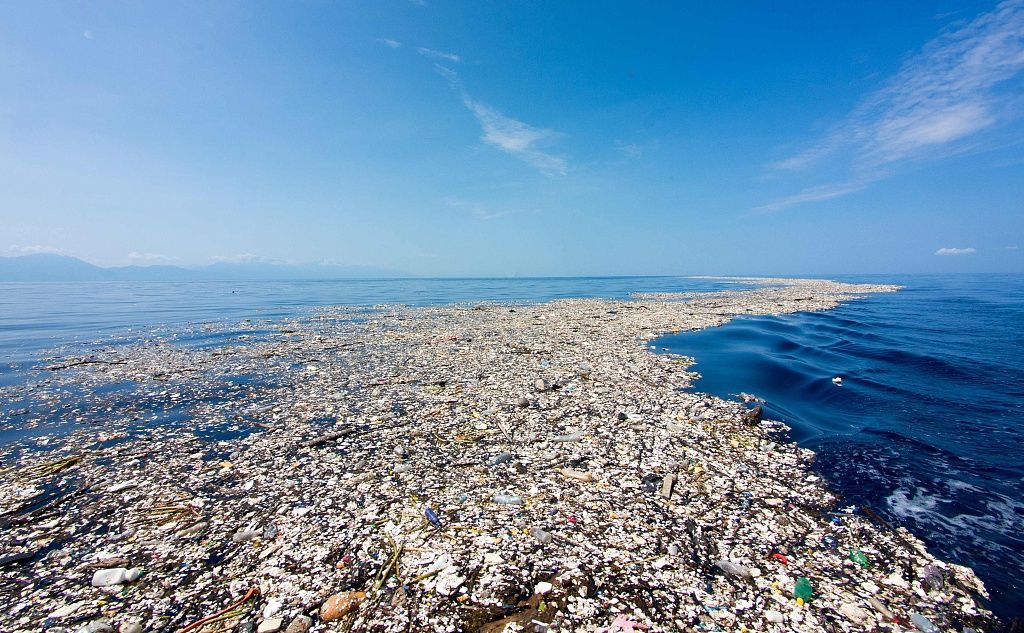Plastic pollution technophiles
"On the basis of extensive search and data compilation, our analysis reveals that information is dispersed across platforms and is not easily accessible."

Welcome! In this article, we'll review a brilliant paper, by Bellou et al. which analyses existing plastic pollution tech.
Summary
Just as we started to complain about the difficulty of finding climate-tech research, this paper fell into our laps. In "Global assessment of innovative solutions to tackle marine litter", Bellou et al. detail their repeatable methodology for identifying, analysing and evaluating cutting-edge plastic pollution solutions.

After extensive research, they come up with 177 answers to one of the planet's biggest problems. These solutions are considered effective, sustainable, and include innovative technologies and new methods to prevent, monitor and clean (PMC) our seas and oceans.
Between 1990 and 2015, about 26–91 million tonnes of litter entered our oceans, most of which was plastics (61–87%). As a result, plastic pollution is considered one of the most important global problems to solve, and you can see why this research lays an important foundation for future innovations.

Results
What do these solutions look like?
In terms of numbers, plastic prevention technologies (like wastewater treatment, WWT) come in at 33 total solutions. 30 technologies are identified as cleaning solutions, whilst 106 innovative technologies address monitoring in one way or another.
Most of the solutions target coastlines (n=113), followed by ocean (n=73) and inland waters (n=38), and the majority of solutions address macrolitter (70%; n=137) rather than microlitter (27%; n=54) or nanolitter (3%; n=6).

Here's a look at the types of technologies identified:

The scientific community is driving most work which explains why the majority of the technologies are considered technically immature. 70 out of the 177 solutions have not been demonstrated in relevant operational environments (TRL<6), and 17 still at a conceptual stage (TRL<3). Only 11% of the solutions (n=20) have reached TRL9. Academics don't generally bring this stuff to market!
Going forward
Now for the fun part: What still needs doing, where can we funnel more money and what can we build?
Here are several problem areas we need to work on, and perhaps areas you can start investigating for your next venture:
1. Foster greater international cooperation and collaboration to evaluate new tech
2. A lack of harmonized size terminology use and data harmonization
3. Create new definitions and requirements to measure efficiency and environmental impact
4. Technological and methodological immaturity in terms of TRL
5. A lack of more-diverse solutions
6. Not enough focus on solutions for sea-bottom plastic pollution
7. Need new funding schemes
8. Establish global digital network of innovation with all stakeholders
Want to get involved?
Contact us at peter@bluetechbase.com
Share this:
Tweet



